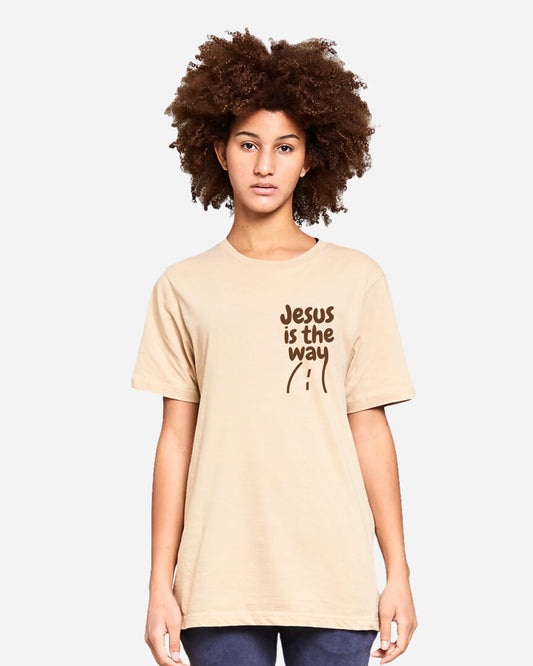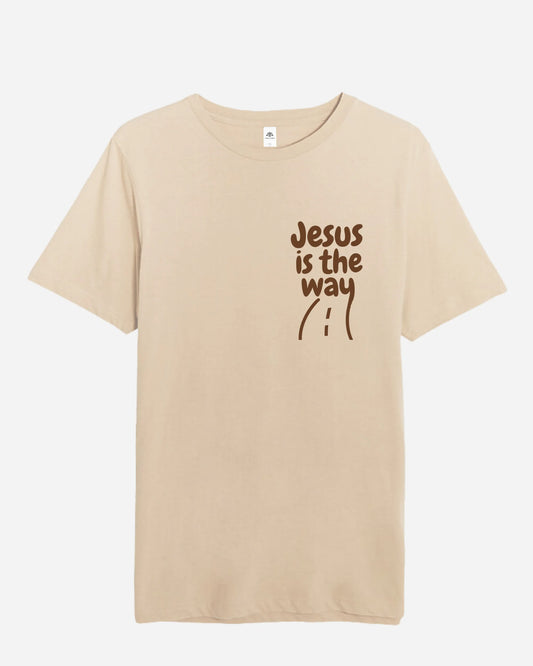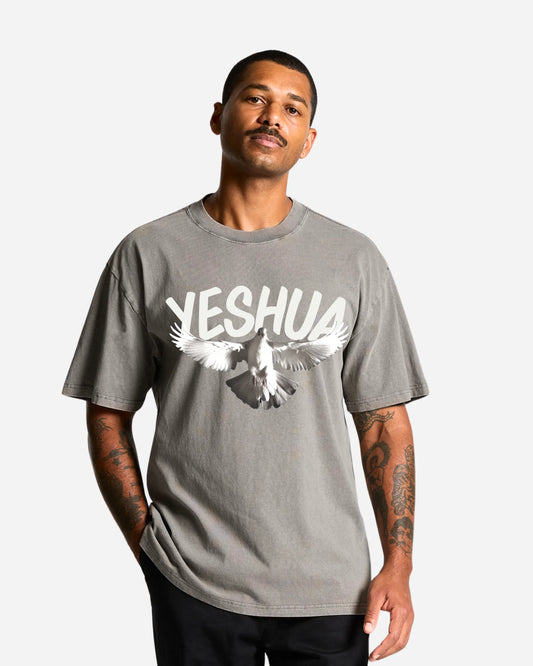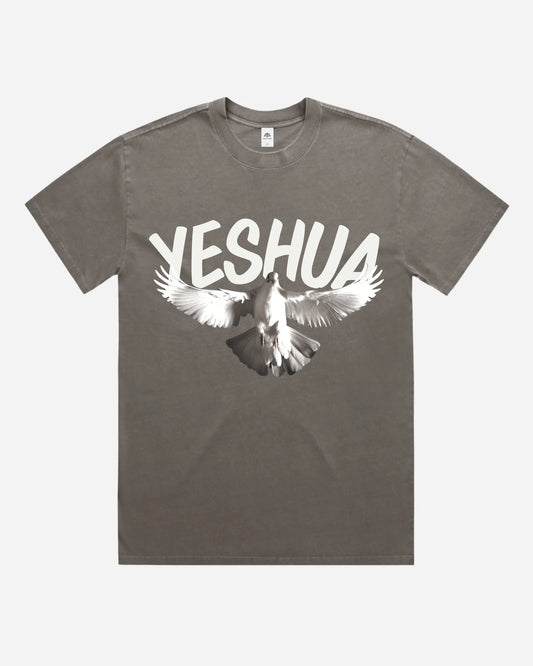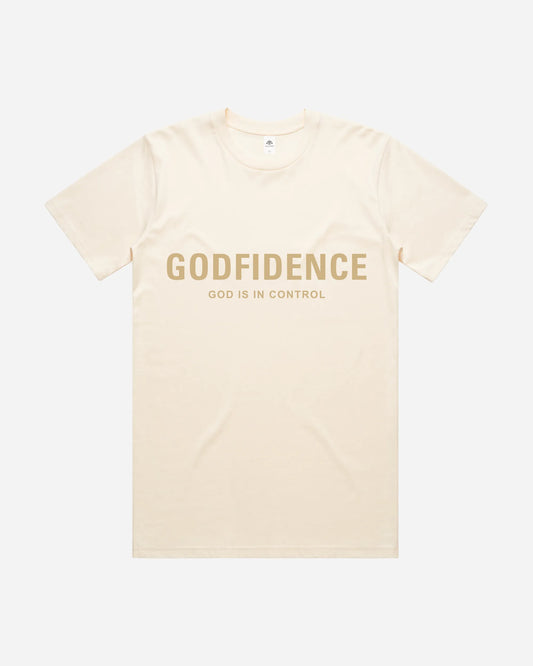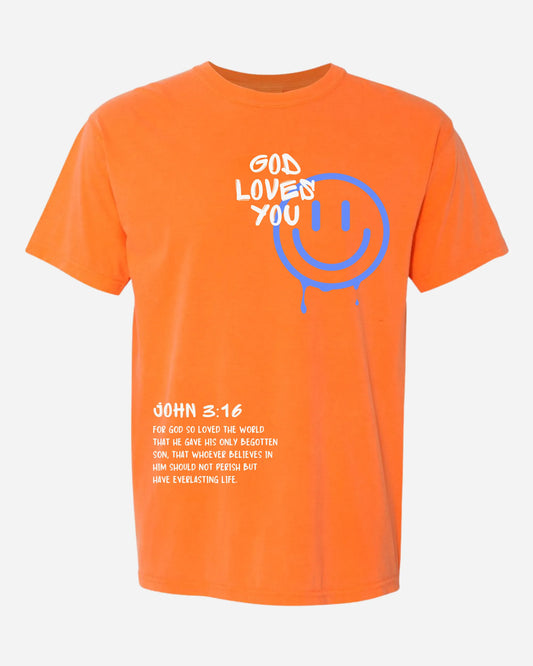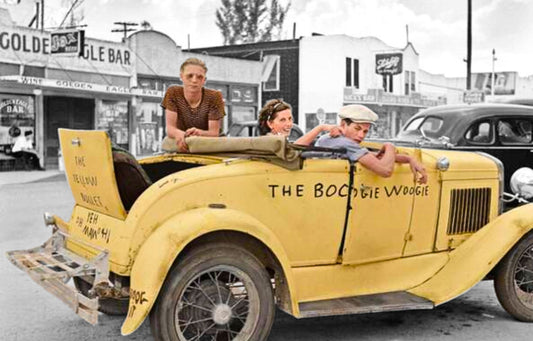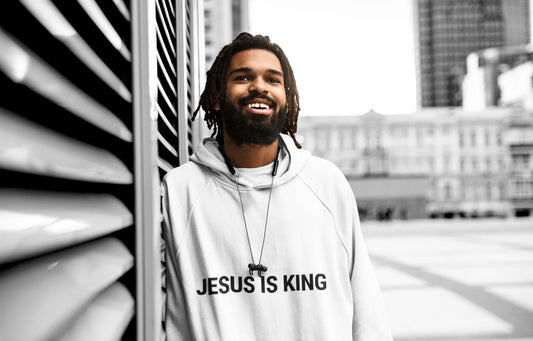Table of content
The cross is more than just a symbol—it’s the heartbeat of Christianity. Across centuries and continents, it has taken on many forms, each one carrying layers of meaning, history, and devotion. From the stark simplicity of the Latin Cross to the intricate beauty of the Celtic Cross, over 50 distinct types have emerged—each telling a unique story of faith.
In this crosspedia guide, we explore the major types of Christian crosses, uncovering their origins, meanings, and the powerful roles they’ve played in worship, art, and identity throughout the ages.
Fundamental Christian Crosses
1. Latin Cross (✝)

Used since the 2nd century, it symbolizes Christ’s sacrifice and victory over death. It appears on churches, tombstones, and Christian apparel worldwide.According to the Pew Research Center, over 2.3 billion Christians identify the Latin Cross as their primary faith symbol.
2. Greek Cross (+)

Widely used in Eastern Orthodox liturgy, it also appears in ancient churches, like the 6th-century Hagia Sophia. Its symmetry reflects the all-encompassing nature of the Gospel message.
3. Orthodox Cross (☦︎)

The slant reflects the thief on Jesus’ right being raised to paradise, while the left descends in rejection (Luke 23:39–43). It’s widely used in Russian, Serbian, Slavic Orthodox churches as well as Eastern Rite Catholic Churches. It often appears on domes, vestments, and gravestones.
Early Christian & Apostolic Crosses
4. Cross of Constantine (Chi-Rho ☧)

After his victory, it became a central Christian emblem and marked a major turning point in Roman history.
5. Staurogram (⳨)

Found in Papyrus 66 and 75, it visually represents Christ on the cross and was used as an abbreviation for “crucify” or “cross.” Scholars call it the earliest pictorial symbol of the crucifixion.
6. Iota-Chi Cross (ΙΧ)

Used from the 3rd century, it’s found on Christian tombs and mosaics, symbolizing Jesus Christ without graphic depictions. It emphasized faith through coded symbols during periods of Roman persecution.
7. Tau Cross (T-shaped)

Today, it’s widely used by the Franciscan Order and symbolizes repentance, poverty, and spiritual renewal. Its clean design makes it popular in minimalist Christian jewelry and iconography with rich ancient roots.
8. Anchor Cross

It merged Christian faith with maritime imagery, affirming Christ as a secure anchor amid life’s storms and uncertainties.
9. Early Coptic Cross

Used by the Coptic Orthodox Church, it often features equal arms enclosed in a circle, symbolizing eternity and divine unity. Carved into tombs and churches, it reflects the fusion of Pharaonic art and early Christian faith.
Symbolic Crosses
10. Marian Cross

The symbol emphasizes Mary’s presence at the Crucifixion (John 19:25) and her role in salvation history, especially in Catholic devotion.
11. Papal Cross

Unlike regular ecclesiastical crosses, it is reserved exclusively for the Pope and is mostly seen in papal insignia, art, and official documents. The design reflects the unique spiritual and temporal leadership of the papacy in Roman Catholicism.
12. Cross of Salem

This cross often appears in Christian seals and liturgical vestments representing universal mission and spiritual authority.
13. Crucifix Cross

Common in Catholic, Orthodox, and Lutheran traditions, it dates to at least the 6th century. Its visual impact serves as a theological anchor for doctrines like atonement, distinguishing it from empty crosses used in Protestant churches.
14. Byzantine Cross

Prominent in Orthodox Christian iconography from the 6th century onward, it symbolizes Christ’s divinity and kingship. Often topped with the ICXC Christogram, it was widely seen in imperial and ecclesiastical mosaics.
15. Cross with Drops

It blends artistic beauty with profound theological meaning, commemorating sacrifice and salvation in a visually striking form.
16. Cross of Lorraine

Spiritually, the double crossbars represent Christ’s title above the crucifix. It’s now a symbol of resilience and victory through suffering.
17. Patriarchal Cross

Used by Eastern Orthodox and Eastern Catholic Churches, it symbolizes ecclesiastical authority and Christ's dual nature. Emerging around the 9th century, it’s linked to patriarchs and archbishops, signifying their spiritual leadership.
18. Calvary Cross

It emerged in medieval Christian art and is often seen in heraldry and church architecture. The triple base represents Mount Calvary (Golgotha), grounding the crucifixion in both geography and virtue.
19. Passion Cross

It became popular in Catholic devotional art during the Baroque period, emphasizing atonement and sacrifice. Frequently used in Stations of the Cross displays.
20. Resurrection Cross

Protestant traditions use it on Easter Sunday to shift focus from crucifixion to the empty tomb. It affirms 1 Corinthians 15:4: “He was raised on the third day.”
Saint-Related Crosses
21. St. Peter’s Cross (Upside-down Cross)

Within Catholicism, it remains a reverent symbol tied to the Petrine legacy. It appears on papal heraldry and sometimes in church architecture, especially in Rome. Its meaning depends entirely on context: either defiance or deep submission to Christ’s example.
22. St. Brigid’s Cross

It blends pagan and Christian Irish traditions, symbolizing renewal and blessing.
23. St. Julian Cross

While visual variations exist, it’s often depicted as a simple cross with flared or pointed ends, symbolizing service, sacrifice, and refuge. Though not widely used liturgically, it appears in European heraldry and devotional art.
24. St. Thomas Cross

Found in Kerala, it features a cross atop a lotus, symbolizing resurrection, with no corpus, reflecting the living Christ. It blends Indian cultural motifs with ancient Christian theology.
25. St. James Cross

It became a symbol of the Order of Santiago (founded in 1170), which defended Christian pilgrims on the Camino de Santiago. The flared blade design reflects both martyrdom and knightly valor, uniting faith and military heritage.
Regional and Cultural Crosses
26. Coptic Cross

Copts frequently tattoo it on their wrists—a tradition dating back to Islamic rule in the 7th century—as a permanent mark of faith amid ongoing persecution.
27. Armenian Cross

Khachkars are considered prayerful monuments, often inscribed with scripture or dedications. Many are UNESCO-recognized for their cultural heritage.
28. Ethiopian Cross

They are used in processions, held by priests, and passed through during blessings. Most reflect eternity and the unity of Trinity, emphasized in Tewahedo theology.
29. Jerusalem Cross

Today, it’s used by the Franciscan Order and symbolizes mission, witness, and the universality of the Gospel. It’s a favored symbol for Christian pilgrims to the Holy Land and on Christian merchandise representing global faith.
30. Anuradhapura Cross

The design features budded arms and a base resembling a lotus, blending Christian symbolism with local Buddhist aesthetics.
31. Canterbury Cross

It’s used by the Anglican Communion, connecting modern worship to early Anglo-Saxon Christianity. The original bronze brooch is held in the Canterbury Heritage Museum
32. Grapevine Cross

She converted King Mirian III, making Georgia one of the first Christian nations in c. 326 AD. The cross remains a sacred relic in Svetitskhoveli Cathedral and a symbol of national faith.
33. Bolnisi Cross

The Bolnisi Cross appears on Georgian coins, seals, and the national flag (adopted in 2004), linking Georgia’s Byzantine-era Christianity with its modern identity.
34. Celtic Cross

The ring may symbolize eternity or divine light. Popular in Irish cemeteries, it’s also a modern identity symbol among the Irish diaspora.
35. Maltese Cross (✠)

Adopted by the Sovereign Military Order of Malta, it's now used by firefighters, paramedics, and even the Royal Air Force. The cross also appears on Malta’s national flag and coins.
36. St. Andrew’s Cross (X-shaped)

The Saltire, or St. Andrew’s Cross, became the Scottish national flag in 1385 under King Robert II. It's used in the naval ensigns of Russia and the UK’s Union Jack, symbolizing sacrifice and discipleship.
37. Cross of St. George

St. George, a Roman soldier martyred in 303 AD, is patron of England. The cross later influenced the Union Jack and remains central to English national and military symbolism.
38. Occitan Cross

Associated with the Cathars, a persecuted Christian group in southern France, it now serves as a regional emblem of Occitania and cultural identity.
39. Macedonian Cross

Prominent in Eastern Orthodox iconography, especially in North Macedonia and the Balkans, it reflects Byzantine artistic influence. The cross adorns churches and relics, symbolizing both resurrection and divine illumination in Orthodox tradition.
40. Nestorian Cross

Often surrounded by floral or vine motifs, it emphasizes eternal life and Christ's presence in far-flung Eastern Christian traditions from the 5th century onward.
Heraldic and Decorative Crosses
41. Templar Cross

Sanctioned by Pope Honorius II, the cross was sewn onto their white mantles. Today, it appears in Masonic, military, and historical Christian iconography tied to faith and sacrifice.
42. Cross Pattée

Adopted by groups like the Teutonic Knights and later the German military, it now appears in medals like the Iron Cross. It reflects both chivalric ideals and Christian identity in heraldry.
43. Cross Fleury

It often adorned noble crests and Gothic cathedrals. In ecclesiastical art, it symbolizes resurrection and divine flowering. The design still features in episcopal insignia and stained glass motifs.
44. Cross Moline

Used in medieval coats of arms, especially in English heraldry, it’s linked to St. Benedict, patron of Europe and monastic stability. Its forked ends suggest anchoring in truth and labor for the Gospel.
45. Cross Bottony

“Bottony” means “budded,” and its shape implies spiritual growth and divine flourishing. It also appears in various military insignias and ecclesiastical heraldry.
46. Cross Potent (☩)

Often surrounded by four smaller crosses, it symbolizes the five wounds of Christ. It later became a favored icon of Crusader heraldry.
47. Cross Fitchy

It symbolized missionary work and the spreading of Christianity. It appeared on pilgrim badges and grave markers, especially in the Middle Ages, denoting journeys of faith.
48. Cross Pommée

Knights bore it to express inner virtue. Its soft geometry also made it popular in decorative ecclesiastical metalwork during the Gothic period.
49. Cross Raguly

“Raguly” comes from Latin ragula (a ruler or staff), evoking strength under duress. It's often used in medieval coats of arms and military emblems to denote resilience in adversity.
50. Gothic Cross

Popular in Victorian jewelry and 19th-century Christian revival art, it blends aesthetic beauty with deep symbolism. Often worn to express spiritual depth and a connection to historical Christianity.
Conclusion: One Symbol, Many Stories
For over 2,000 years, the cross has been Christianity’s most enduring symbol—representing sacrifice, resurrection, and hope. From the walls of ancient catacombs to modern streetwear, it continues to speak across cultures and generations.
According to a 2022 Pew Research Center study, 65% of practicing Christians in the U.S. say visible symbols help express their faith identity. Barna Group research adds that younger Christians, especially Gen Z, are more likely to use visual symbols like crosses in public spaces.
At Gracefiber, we believe every cross tells a story. Our designs help you wear your faith with purpose—turning a simple symbol into a personal testimony.

